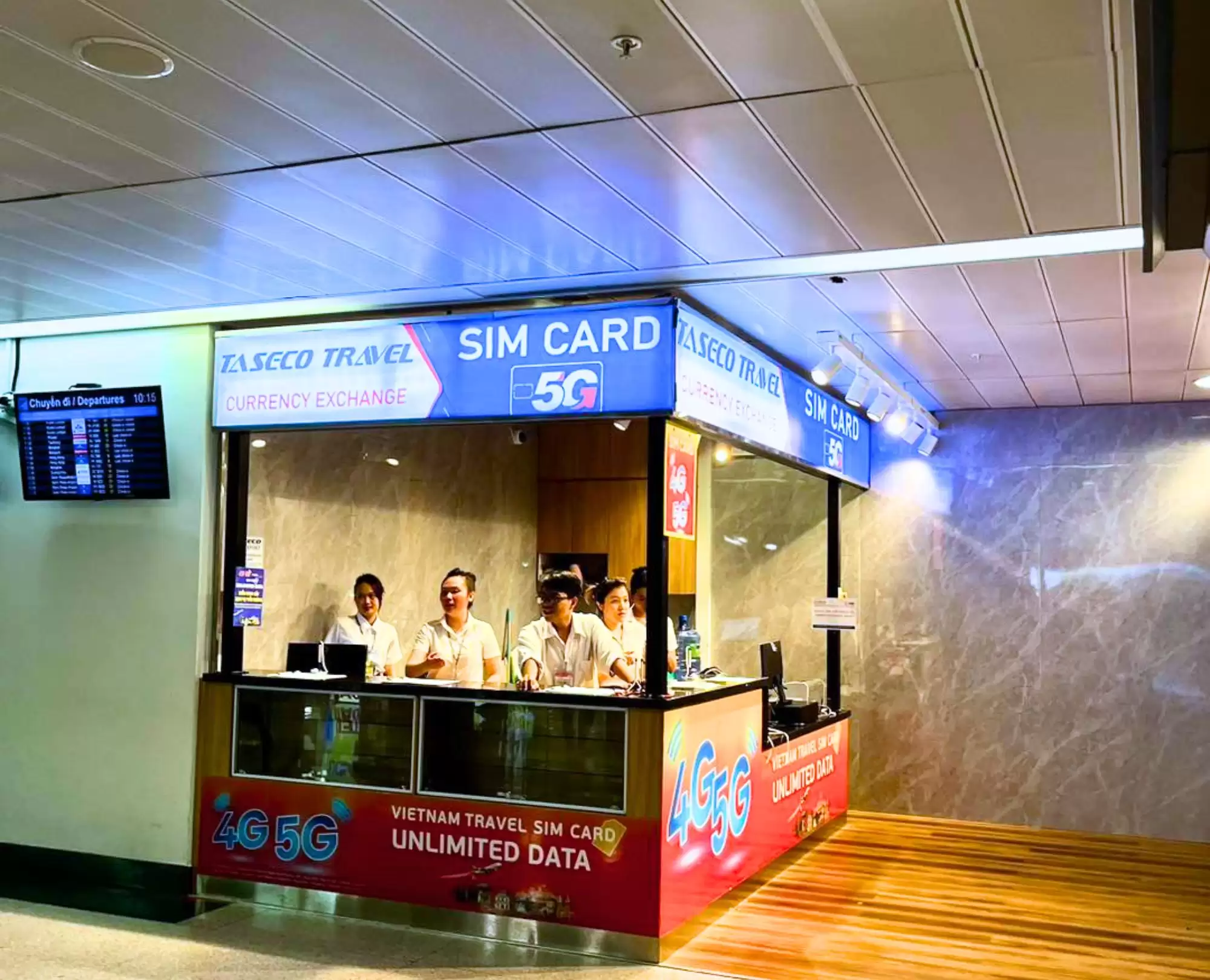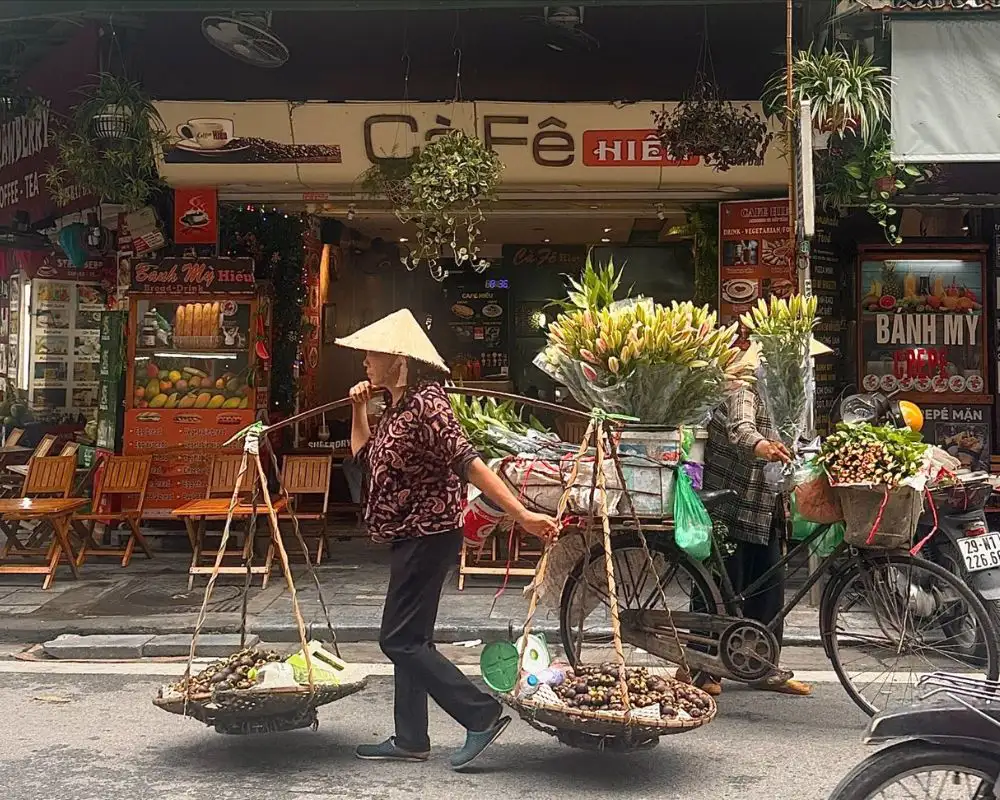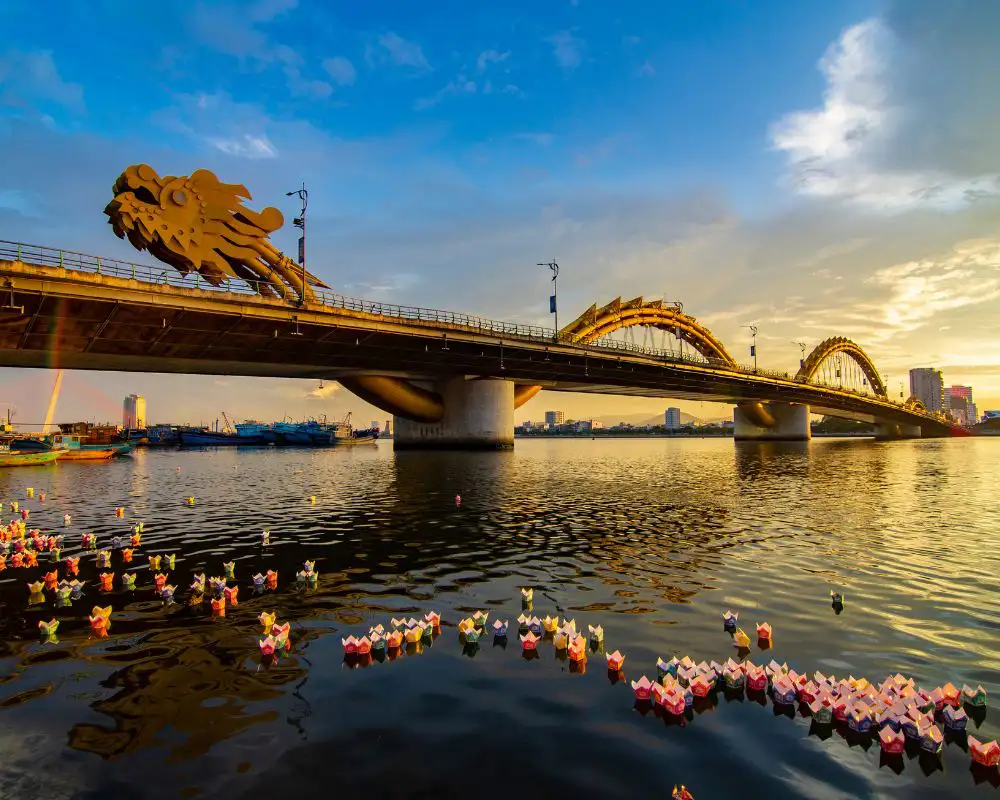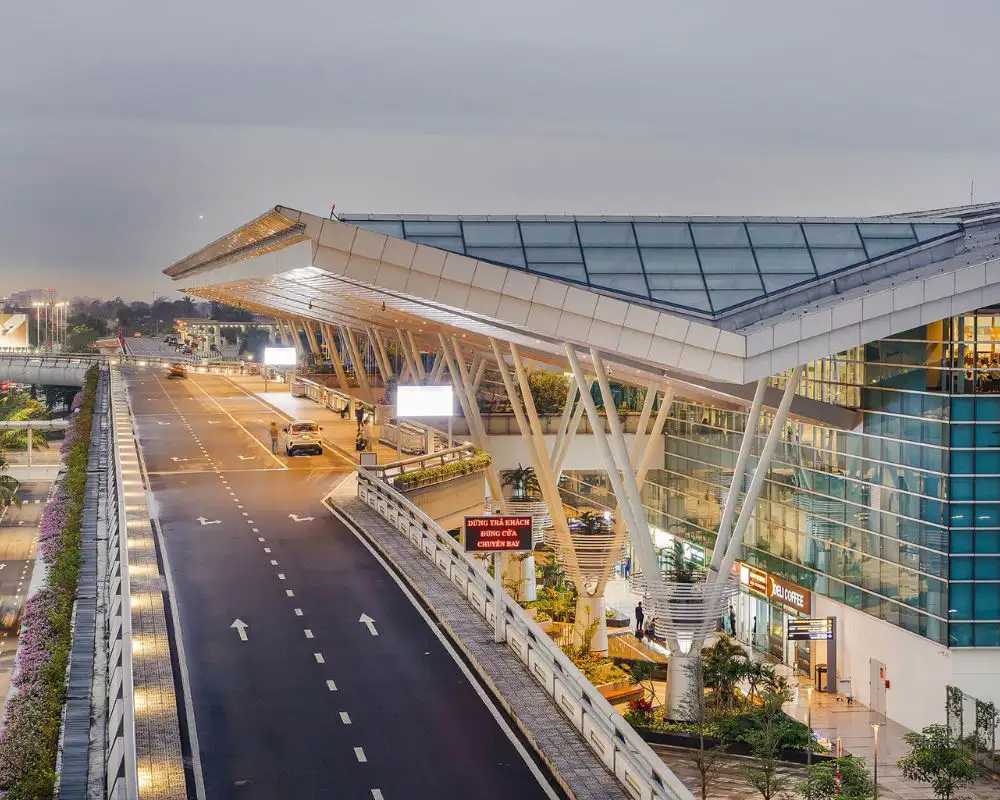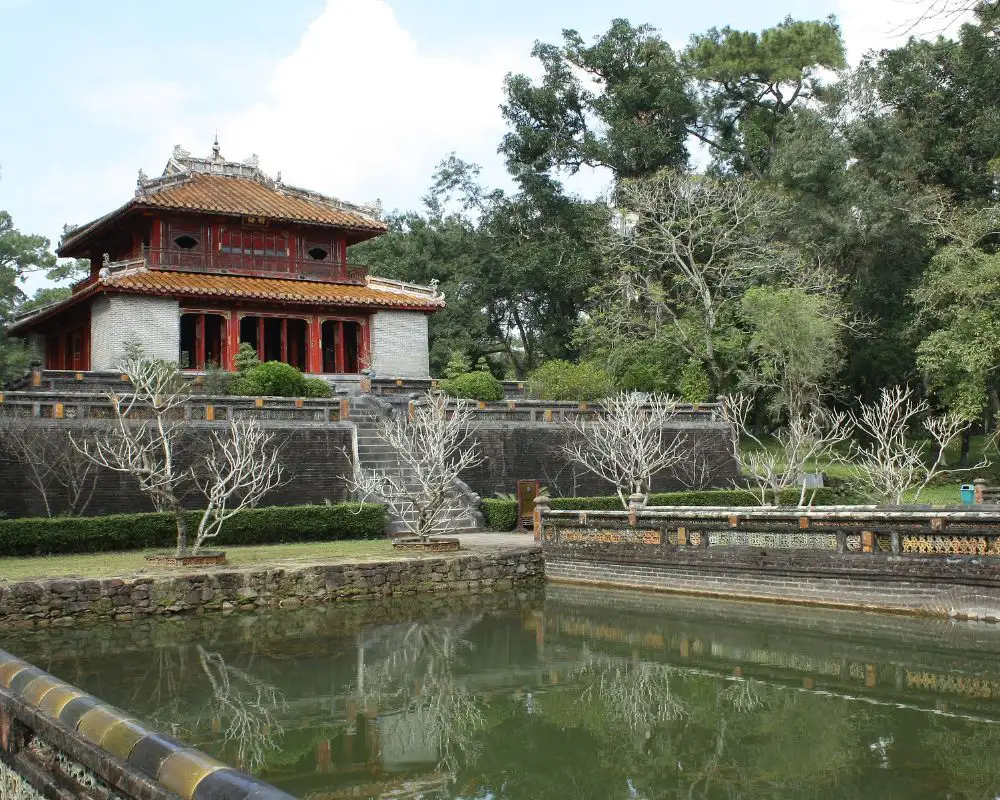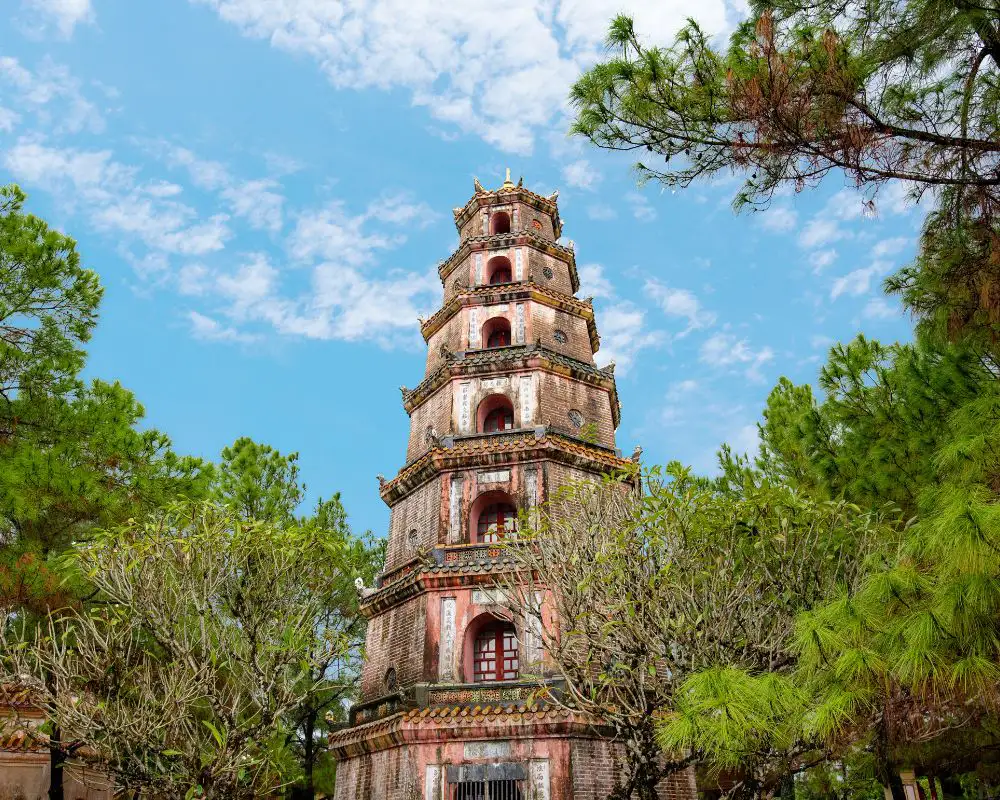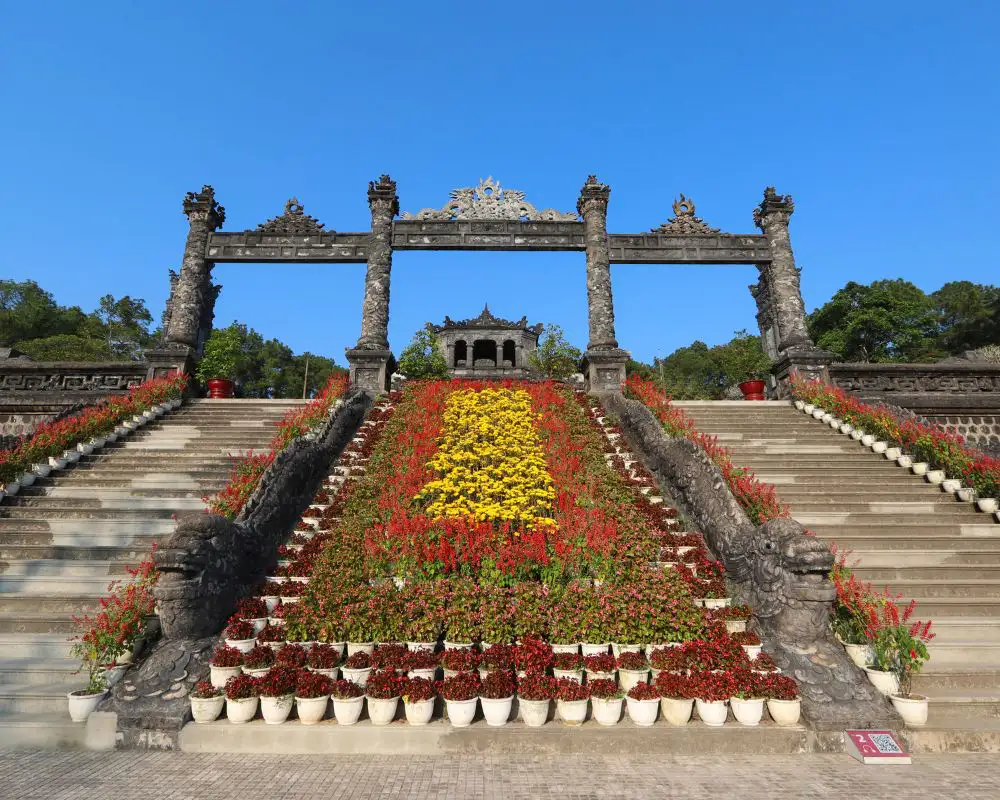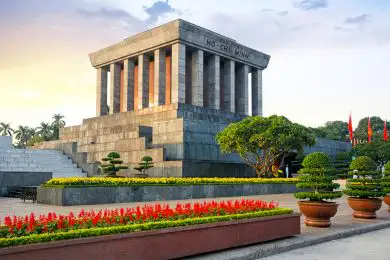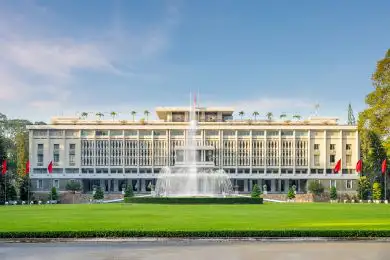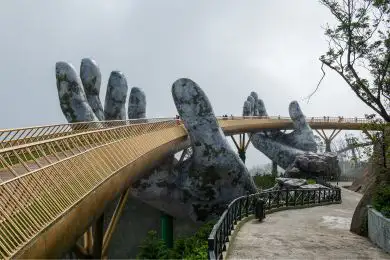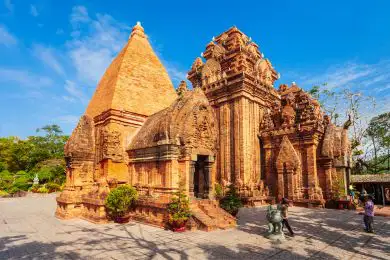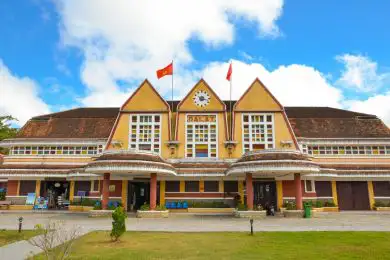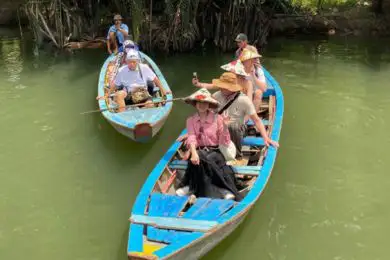My Son Sanctuary, a UNESCO World Heritage site, is an impressive cluster of abandoned and partially ruined Hindu temples in Quang Nam province, Vietnam. Constructed between the 4th and the 14th century by the kings of Champa, this site is rich in cultural and historical significance, offering a unique glimpse into the ancient Cham civilization.
Whether you’re a history buff, an architecture enthusiast, or simply an adventurer, My Son Sanctuary is a must-visit destination. This article will guide you on how to travel to My Son Sanctuary, ensuring you have all the information you need for an unforgettable journey.
I. Introduction to My Son Sanctuary
My Son Sanctuary is a mesmerizing complex of ancient Hindu temples situated in central Vietnam. Recognized for its historical and cultural significance, it stands as a testament to the ingenuity and spiritual devotion of the Champa civilization. Nestled within a lush valley surrounded by mountains, My Son offers a captivating glimpse into a bygone era, drawing historians, archaeologists, and travelers from around the globe.
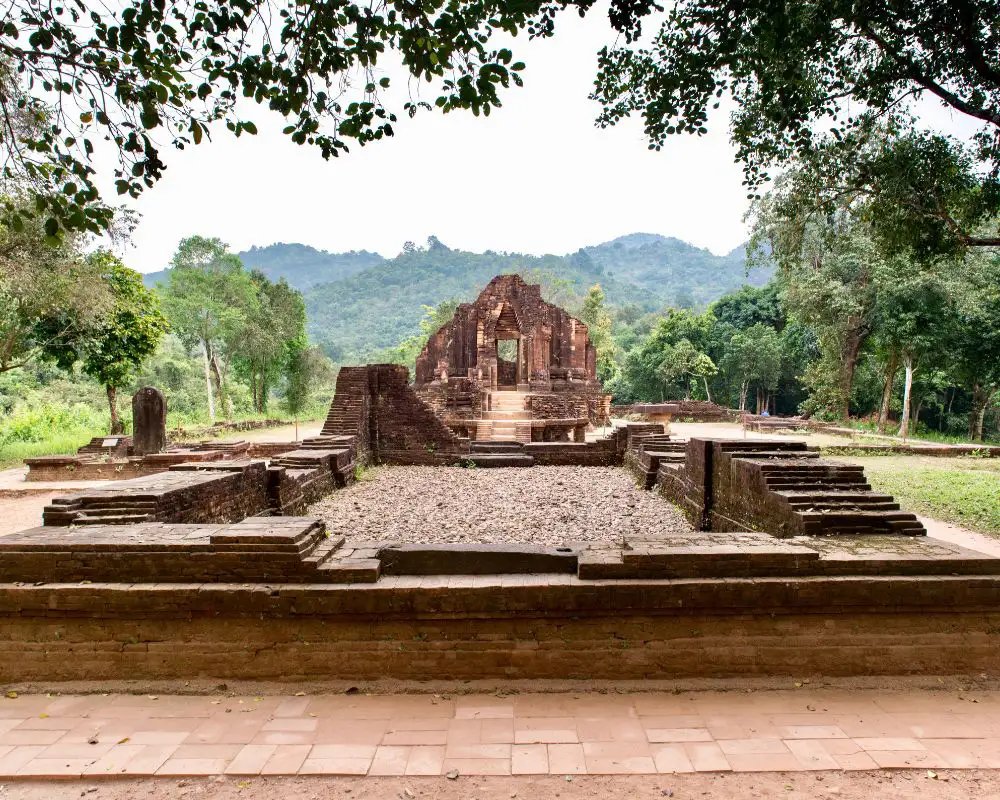
1. The History of My Son Sanctuary
The origins of My Son Sanctuary trace back to the 4th century AD when the Champa kings first established it as a religious center. Influenced by Hinduism from India, the Champa rulers constructed a series of temples and towers dedicated to the god Shiva.
Over centuries, the site evolved, reflecting the changing styles and influences of different Champa reigns, punctuated by periods of both flourishing and decline. Key historical events, such as invasions and natural disasters, also left their mark on this ancient site, shaping its present form.
The Champa Kingdom, which spanned from the 2nd to the 17th century, played a pivotal role in the development of My Son Sanctuary. Known for its maritime prowess and trade connections, Champa was a melting pot of cultural influences.
The kingdom’s rise and eventual decline are reflected in the construction and destruction phases of My Son, providing a narrative of political and economic shifts that impacted the region.
2. Architectural Marvels of My Son Sanctuary
My Son Sanctuary is renowned for its distinctive architecture, featuring brick-built temples and intricate carvings. The structures exhibit a blend of indigenous techniques and Indian influences, creating a unique style that includes elaborate bas-reliefs and sophisticated ornamentation.
Symbolism plays a crucial role, with depictions of Hindu deities, mythical creatures, and sacred symbols adorning the temple walls, offering insights into the religious and cultural values of the Champa people.
3. UNESCO World Heritage Status
My Son Sanctuary was designated a UNESCO World Heritage site in 1999, recognizing its cultural significance and the outstanding universal value of its monuments. This status has brought both benefits and responsibilities, including increased tourism and the need for careful management to preserve the site’s integrity. The UNESCO designation has also highlighted the importance of My Son as a symbol of Vietnam’s rich historical heritage.
Numerous artifacts have been uncovered at My Son, many of which are displayed in museums in Vietnam and abroad. These artifacts, including statues, carvings, and inscriptions, provide invaluable insights into the artistic and religious practices of the Champa people.
Visiting these exhibits can greatly enhance one’s understanding of the site’s historical context.
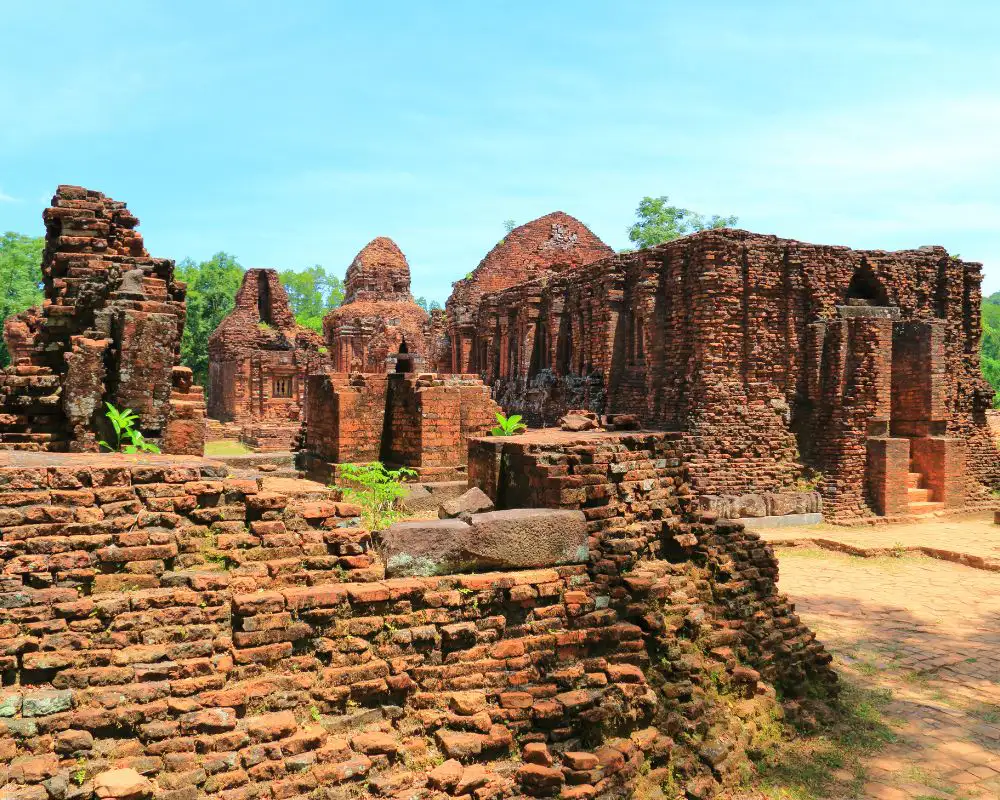
4. Religious Significance
At its height, My Son Sanctuary served as a major religious hub for the Champa Kingdom. The temples were primarily dedicated to Shiva, but other deities such as Vishnu and Brahma were also venerated.
Rituals and ceremonies conducted here were central to the spiritual life of the Champa people, with the site functioning not only as a place of worship but also as a royal burial ground, further enhancing its sacred status.
II. Best Time To Visit My Son Sanctuary
For those planning a visit to My Son Sanctuary, it is advisable to consider the time of year, as the tropical climate can be quite extreme. The best time to visit is during the dry season, from February to May. Guided tours are available and provide valuable insights into the history and significance of the site. Comfortable walking shoes, sun protection, and water are recommended to ensure a pleasant experience.
III. Cultural Festivals at My Son Sanctuary
My Son Sanctuary hosts several cultural festivals throughout the year, celebrating traditional Champa culture. These festivals feature dance performances, music, and religious rituals, offering visitors an immersive experience. The vibrant celebrations not only attract tourists but also serve to preserve and promote the cultural heritage of the Champa civilization.
IV. My Son Sanctuary Travel Itineraries
You can plan their trips with suggested itineraries that include not only My Son Sanctuary but also nearby attractions such as Hoian, Hue, DMZ, Phong Nha, Danang,…. Combining these destinations offers a comprehensive cultural and historical tour of central Vietnam, enriching the travel experience.
Vietnam Trails Travels is renowned for its expertly curated tours and excellent customer service. We offer a variety of tour packages that cater to different interests and schedules, ensuring that every visitor has a memorable experience. With knowledgeable guides, comfortable transportation, and carefully planned itineraries, Vietnam Trails Travels stands out as a top choice for exploring My Son Sanctuary.
You can refer to:
- Danang – My Son Sanctuary – Hoian – Hue – Ba Na Hills Private tour 3D2N
- Danang – Hoian – My Son Santuary Full Day Tour

V. How to travel to My Son Sanctuary?
Reaching My Son Sanctuary involves a journey through Vietnam’s scenic landscapes. The sanctuary is located about 40 kilometers southwest of Hoi An and 70 kilometers from Da Nang. There are several transportation options available, including plane, train, bus, car, and motorbike.
1. Traveling to My Son Sanctuary by Plane
The nearest airport to My Son Sanctuary is Da Nang International Airport (DAD). This airport is well-connected with major cities in Vietnam and international destinations. Several airlines, including Vietnam Airlines, VietJet Air, and Bamboo Airways, operate flights to Da Nang. From the airport, you can take a taxi, book a private car, or join a tour to reach My Son Sanctuary. It is advisable to book your flights and ground transportation in advance, especially during peak tourist seasons.
2. Traveling to My Son Sanctuary by Train
Traveling by train is a scenic and comfortable option. The nearest major train station is Da Nang Railway Station, which is well-connected to cities like Hanoi, Ho Chi Minh City, and Hue. From Da Nang, you can hire a taxi or join a tour to My Son Sanctuary. Train travel in Vietnam is affordable and offers a glimpse into the country’s beautiful landscapes. Be sure to book your train tickets in advance, especially during holidays and peak travel periods.
3. Traveling to My Son Sanctuary by Bus
Several bus companies operate routes to My Son Sanctuary. You can take a bus from Hoi An or Da Nang. Popular bus companies include The Sinh Tourist and Hanh Cafe. Buses are a budget-friendly option, but they can be less comfortable than other modes of transportation. It is advisable to book tickets in advance and check the bus schedule to plan your trip effectively. Some tours also offer bus services, which include guided tours of the sanctuary.
4. Traveling to My Son Sanctuary by Car
Renting a car is a convenient way to travel to My Son Sanctuary. Several car rental companies operate in Da Nang and Hoi An, offering a range of vehicles to suit your needs. Driving allows you to explore at your own pace and stop at various points of interest along the way. The road conditions are generally good, but it is important to be cautious and adhere to local traffic regulations. Hiring a car with a driver is also an option if you prefer not to drive yourself.
5. Traveling to My Son Sanctuary by Motorbike
For the adventurous, traveling by motorbike is an exhilarating way to reach My Son Sanctuary. Motorbike rentals are widely available in Hoi An and Da Nang. The journey offers scenic views and the freedom to explore off-the-beaten-path locations. However, riding a motorbike requires caution, especially for those unfamiliar with Vietnam’s traffic conditions. Ensure you have the necessary permits and safety gear, and check the weather forecast before setting out.
VI. Things to Note When Visiting My Son Sanctuary
1. Time to Visit
My Son Sanctuary is open daily from 6:30 am to 5:30 pm. During the summer, visiting at sunrise or sunset can be particularly enchanting, allowing you to experience the serene beauty of the ancient Hindu temple complex. For an even more immersive experience, consider booking a My Son Sanctuary Sunrise Tour by Private Car.
2. Entrance Tickets
The entrance fee for My Son Sanctuary is 150,000 VND (approximately 6.5 USD) for international visitors. For domestic tourists, the fee is 100,000 VND (around 4.4 USD) per ticket. This fee includes access to the entire site and its various historical and cultural landmarks.

